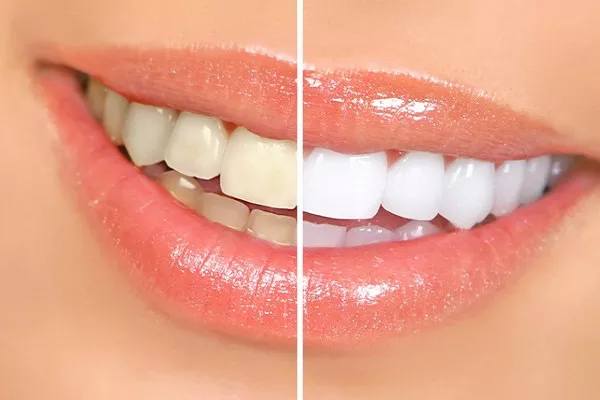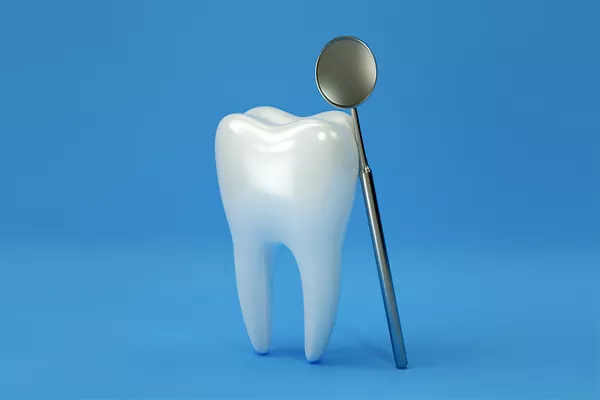A cavity filling is a common dental procedure aimed at restoring a tooth affected by decay. While the focus is often on the dental aspects of the procedure, a crucial element that patients frequently inquire about is when it’s safe to resume eating after a cavity filling. In this detailed exploration, we will delve into the intricacies of post-filling dietary considerations, addressing the optimal waiting period and offering insights into suitable food choices for a smooth recovery.
Understanding the Cavity Filling Process:
Before delving into the post-filling dietary guidelines, it’s essential to grasp the basic mechanics of a cavity filling. Dental fillings involve the removal of decayed or damaged tooth material, followed by the placement of a restorative material such as amalgam, composite resin, gold, or porcelain. The setting and hardening of the filling material may influence the immediate post-filling period.
The Initial Waiting Period:
The immediate aftermath of a cavity filling is characterized by the setting and hardening of the filling material. This process is facilitated by the use of a special light or by allowing the material to naturally cure over a specific timeframe. During this crucial period, it’s advisable to exercise caution when it comes to eating to avoid any disruption to the setting process.
Factors Influencing the Waiting Period:
Several factors contribute to the duration of the waiting period after a cavity filling:
Type of Filling Material: Different filling materials have varying setting times. Composite resin, for example, often sets faster than amalgam. Your dentist will provide specific instructions based on the chosen material.
Size and Location of the Filling: The size and location of the filling also impact the waiting period. Larger fillings or those in areas subject to greater chewing forces may necessitate a slightly longer waiting time.
Dental Adhesive Used: If dental adhesive is employed to enhance the bond between the filling and the tooth, additional time may be required for it to set.
Curing Process: Some filling materials require a curing process, either with a special light or by allowing them to harden naturally. The duration of this process is a key determinant in the waiting period.
Immediate Post-Filling Guidelines:
After the cavity filling procedure, dentists typically provide patients with specific guidelines to ensure optimal recovery:
Avoid Eating Until Numbness Subsides: If local anesthesia was administered during the filling procedure, it’s advisable to wait until the numbness in the mouth subsides before attempting to eat. This prevents accidental biting of the tongue or cheek.
Be Cautious with Hot and Cold Foods: Immediately after the filling, it’s recommended to avoid extremely hot or cold foods, as sensitivity may be heightened. Opt for lukewarm or room temperature items to minimize discomfort.
Soft Diet Initially: To reduce stress on the filled tooth and minimize the risk of dislodging the filling material, opt for a soft diet in the initial hours or until advised otherwise by the dentist.
Avoid Sticky or Hard Foods: Foods that are sticky or hard can pose a risk of dislodging the filling. It’s best to steer clear of items like chewing gum, caramel, or hard candies during the initial post-filling period.
Maintain Gentle Oral Hygiene: Be gentle when brushing and flossing around the filled tooth. Use a soft-bristled toothbrush and avoid vigorous brushing to prevent any damage to the newly placed filling.
The Ideal Waiting Period:
The waiting period after a cavity filling is a critical aspect of post-filling care. While specific instructions may vary based on individual cases, a general guideline is to wait for at least 2 hours before resuming normal eating habits. This allows ample time for the filling material to set and harden, reducing the risk of displacement or damage.
However, it’s essential to note that the waiting period may extend based on the factors mentioned earlier, such as the type of filling material, the size of the filling, and the curing process involved. Dentists will provide personalized instructions based on these considerations.
Post-Waiting Period Dietary Recommendations:
Once the initial waiting period has elapsed, and the filling has set, patients can gradually resume their regular eating habits. However, there are still some dietary considerations to keep in mind:
Gradual Introduction of Chewy and Hard Foods: Even after the waiting period, it’s advisable to introduce chewy and hard foods gradually. This allows the patient to assess any residual sensitivity and ensures a smooth transition back to a normal diet.
Maintain Oral Hygiene Practices: Continue with regular oral hygiene practices, including brushing and flossing. Pay extra attention to the filled tooth, ensuring that it is kept clean to prevent any potential issues.
Monitor for Discomfort or Issues: Stay vigilant for any signs of discomfort, pain, or changes in the filled tooth. If there are concerns, it’s crucial to promptly contact the dentist for further evaluation.
Avoid Excessive Force: Be mindful of not exerting excessive force on the filled tooth, especially during biting or chewing. This precaution helps prevent any potential stress on the filling.
Attend Follow-Up Appointments: If follow-up appointments are scheduled, ensure prompt attendance. These appointments allow the dentist to assess the healing process, make any necessary adjustments, and address any concerns.
Potential Complications and When to Seek Dental Attention:
While discomfort and sensitivity are normal in the immediate aftermath of a cavity filling, certain signs may indicate potential complications:
Persistent Pain: If pain persists beyond the initial recovery period or worsens over time, it may signify an issue that requires dental attention.
Increased Sensitivity: Heightened sensitivity to hot or cold stimuli that does not subside with time may warrant a dental evaluation.
Dislodged Filling: If the filling becomes dislodged or falls out, it’s crucial to contact the dentist promptly for repair or replacement.
Signs of Infection: Swelling, redness, or the presence of pus around the filled tooth may indicate infection and requires immediate attention.
Changes in Bite or Tooth Alignment: Any changes in the bite or alignment of the filled tooth should be reported to the dentist promptly.
Conclusion: A Balanced Approach to Post-Filling Nutrition
Navigating the period after a cavity filling involves a delicate balance between allowing the filling to set and gradually reintroducing a regular diet. While the waiting period is crucial, it’s equally important to be mindful of dietary choices and oral hygiene practices during the recovery phase.
Individual experiences may vary, and dentists will provide personalized instructions based on the specific circumstances of each case. The overarching goal is to ensure the success of the filling procedure and the long-term health of the treated tooth.
By adhering to post-filling guidelines, maintaining open communication with the dental care team, and promptly addressing any concerns, individuals can embark on a smooth journey toward optimal oral health and the enjoyment of a pain-free, fully restored smile.
Related Topics:
How long does it take to get 3 fillings?
Tooth extraction or filling which is better?






























